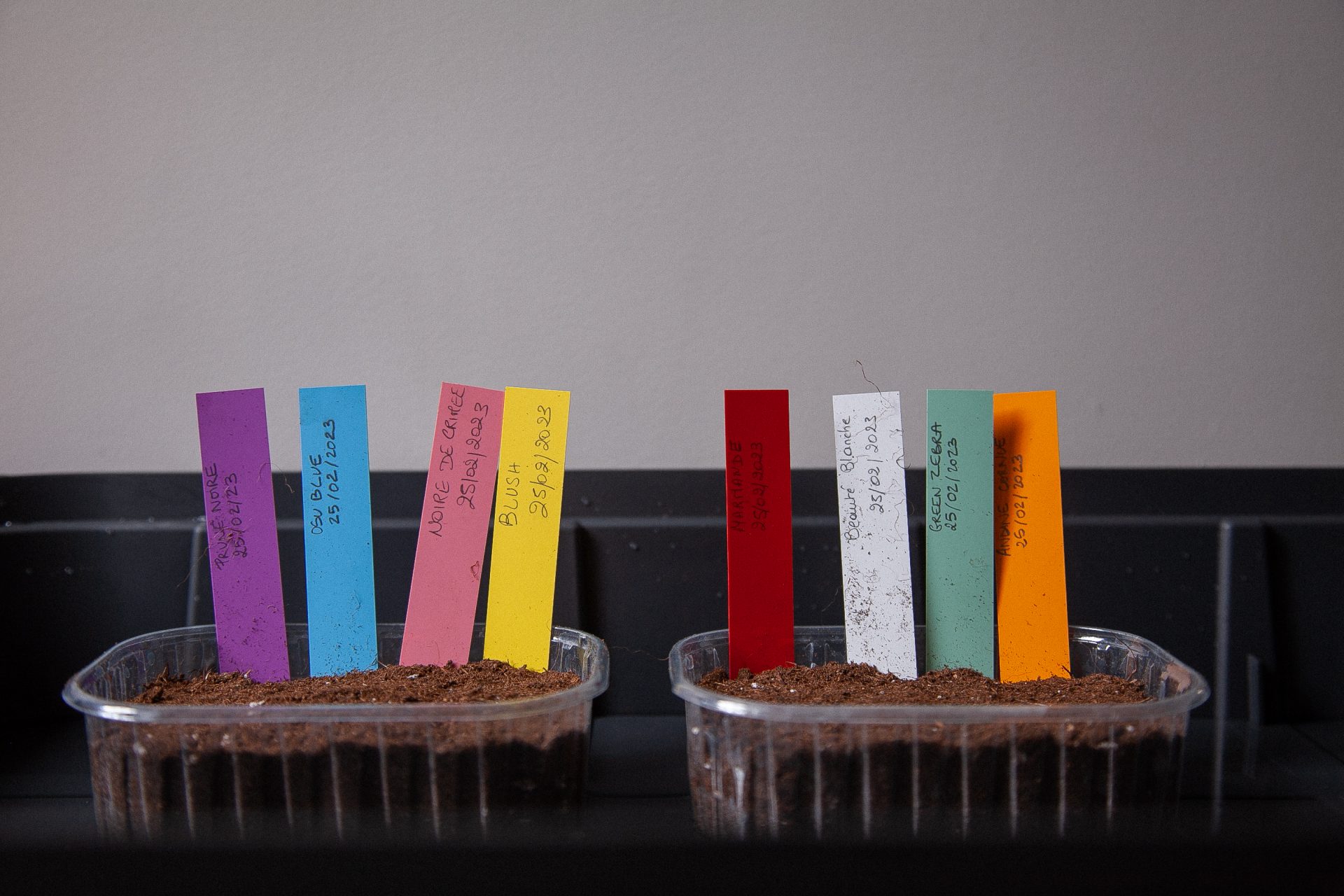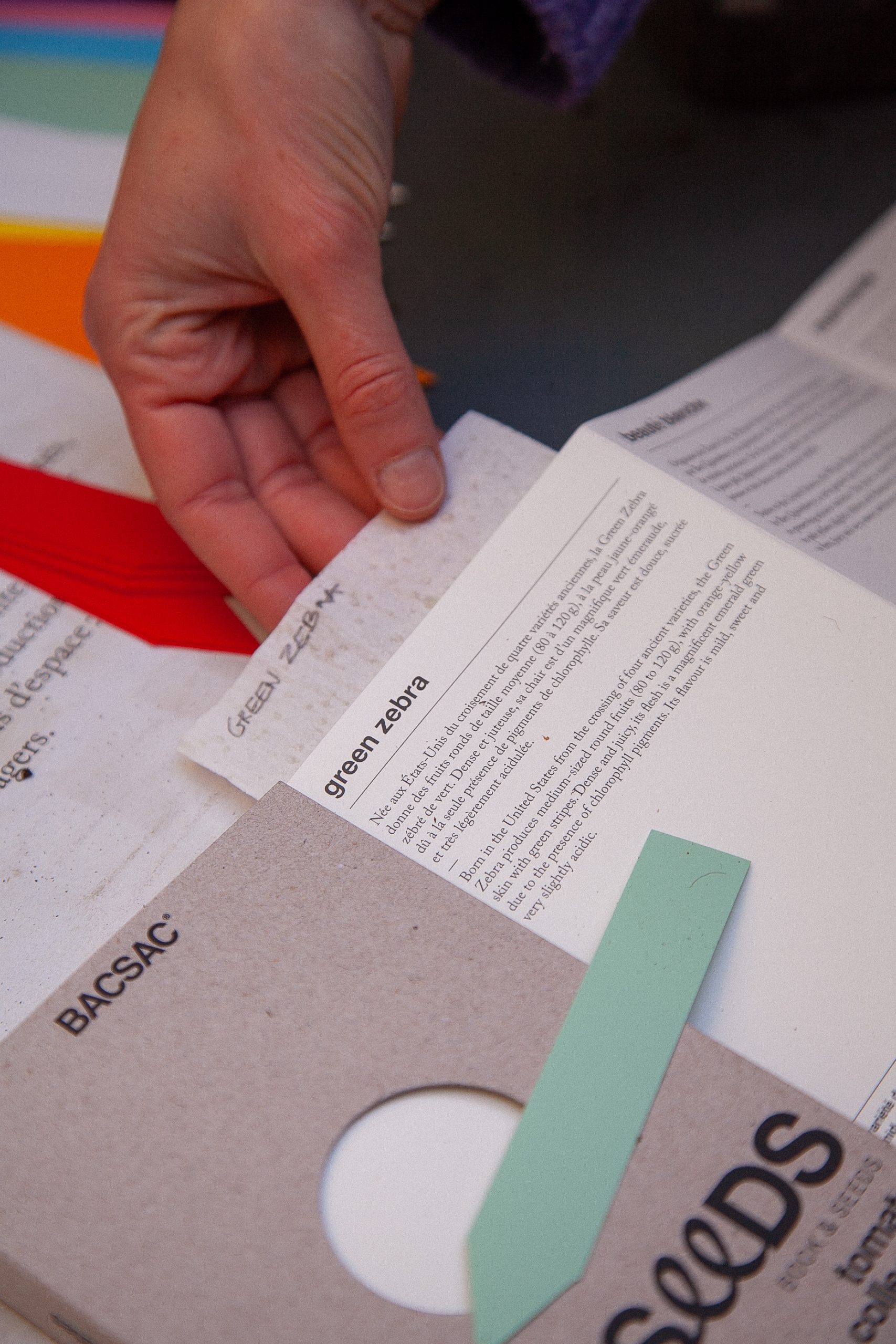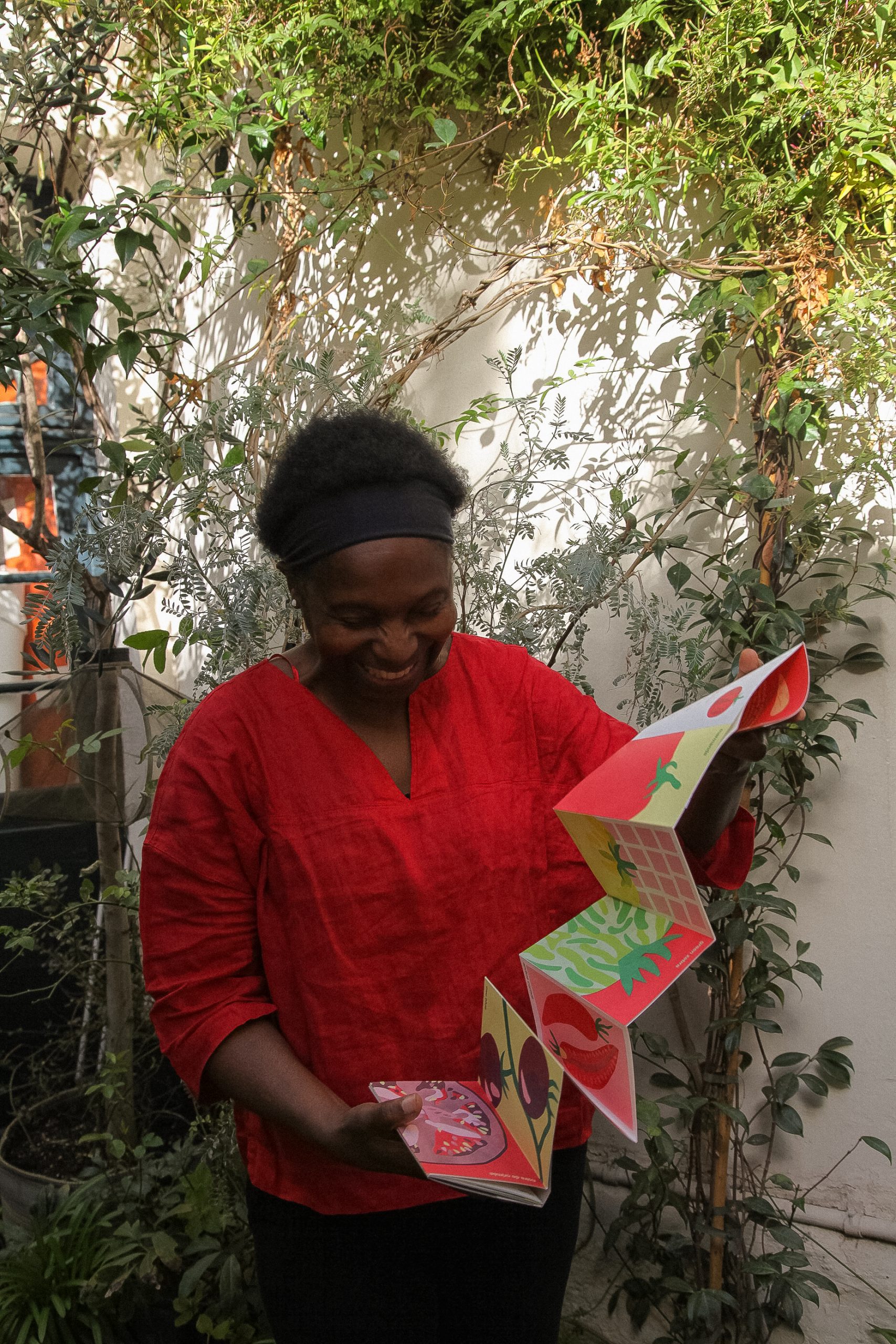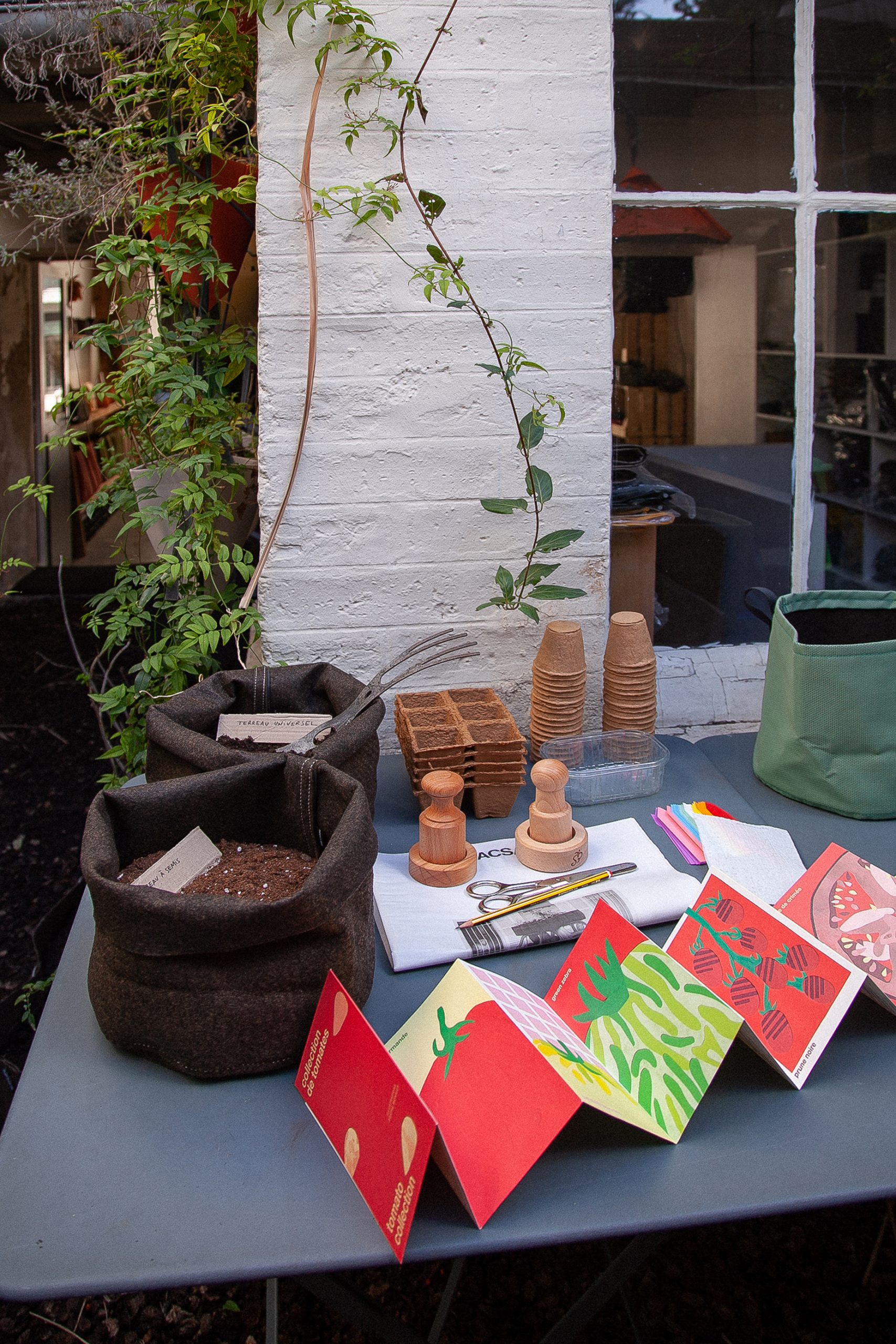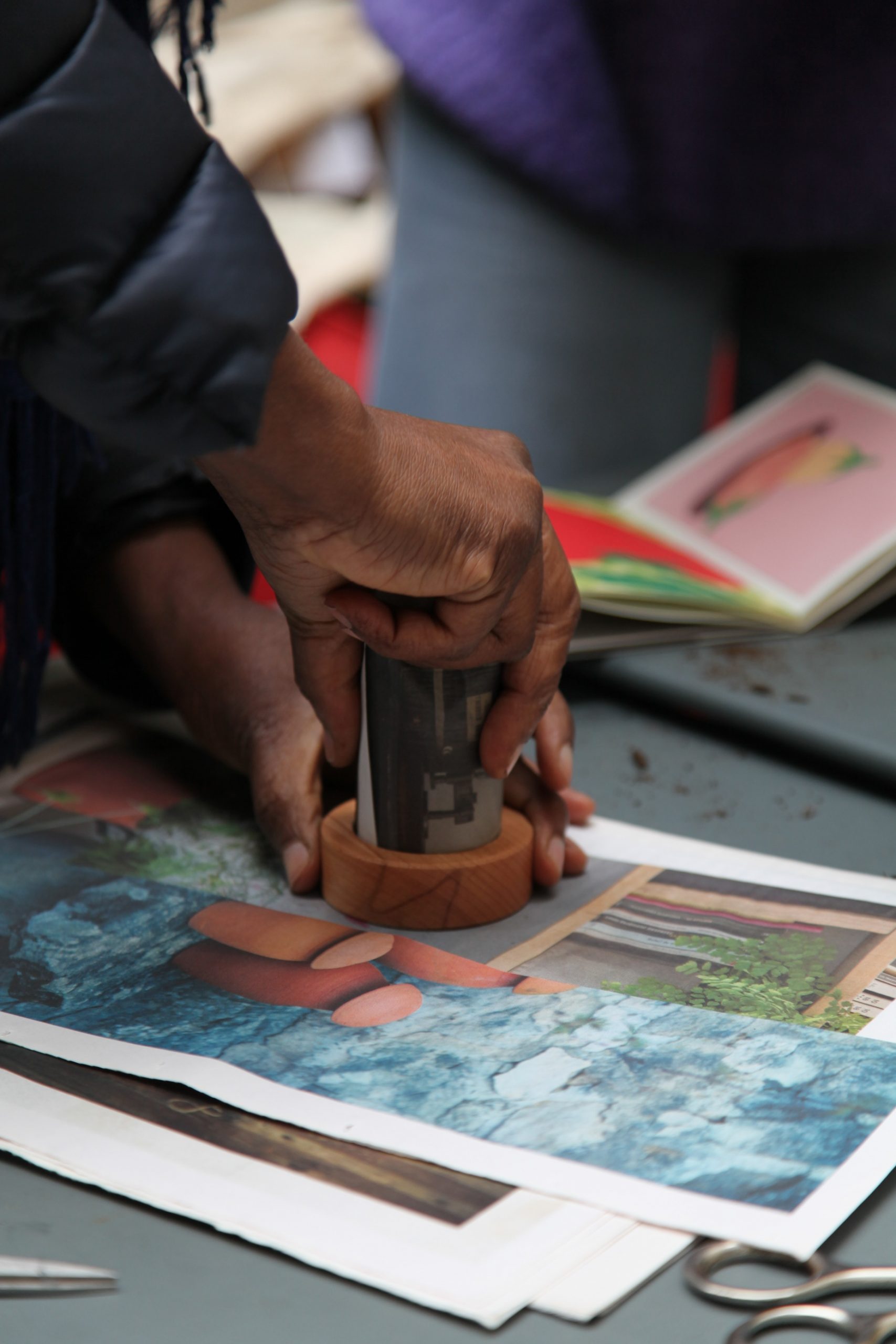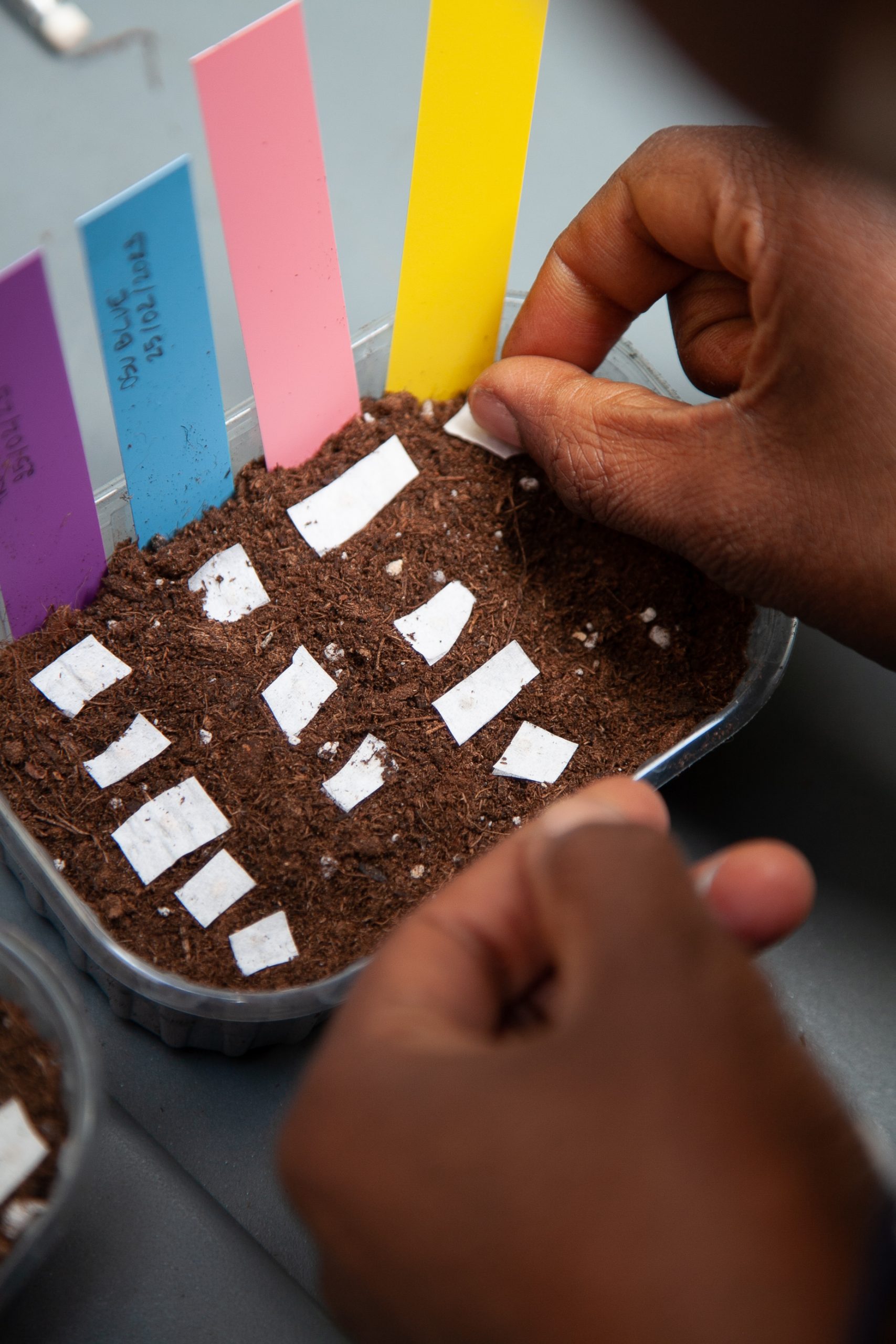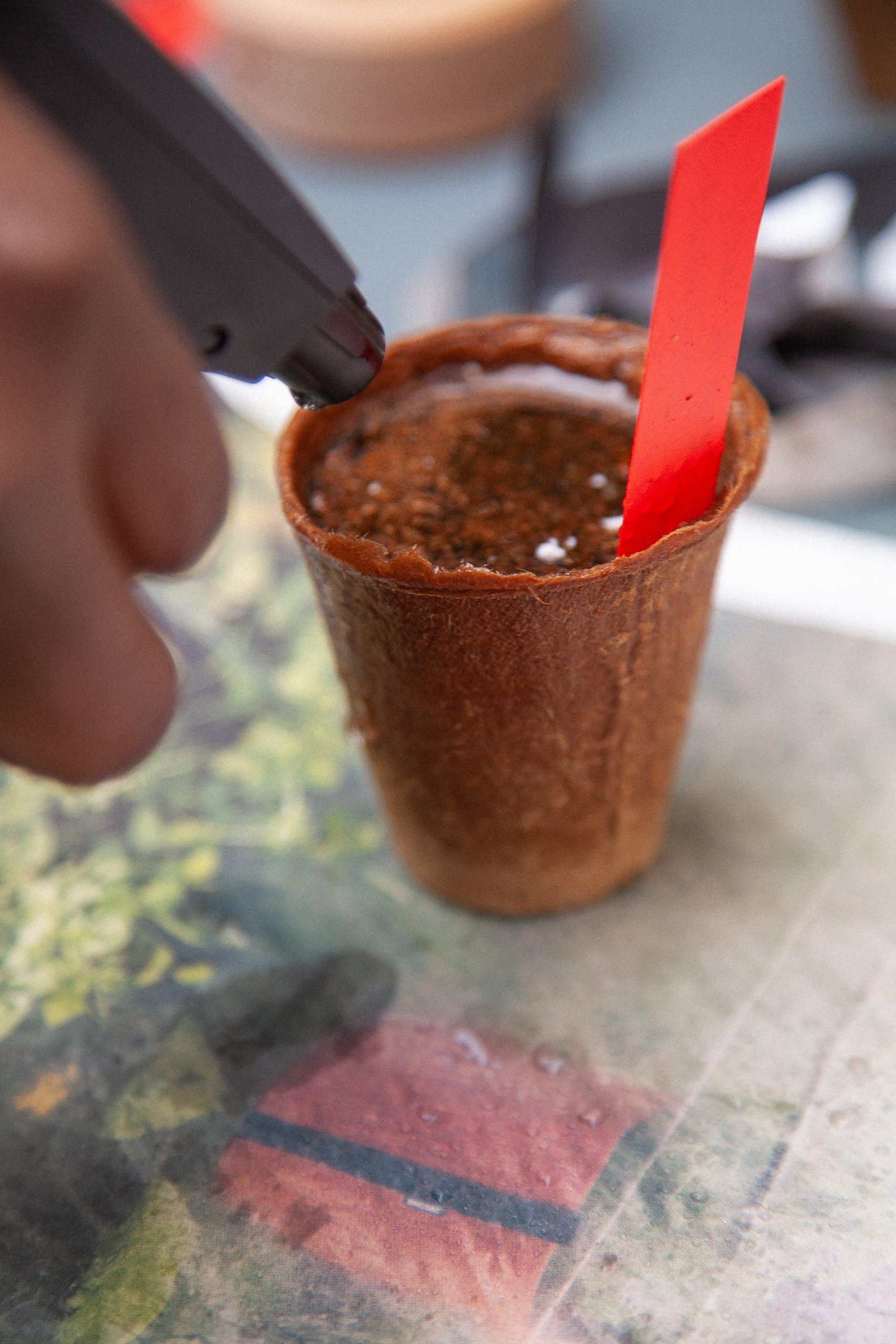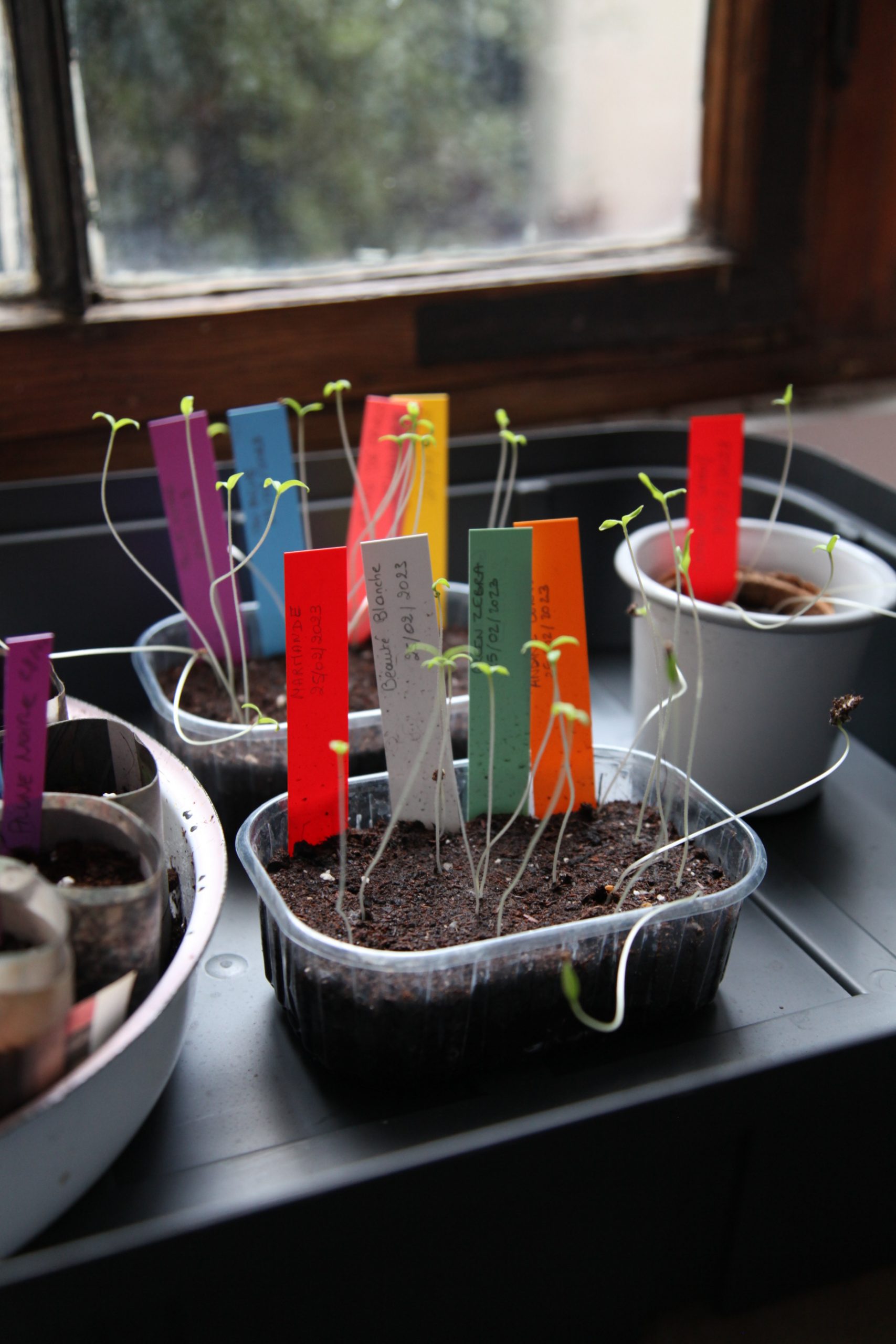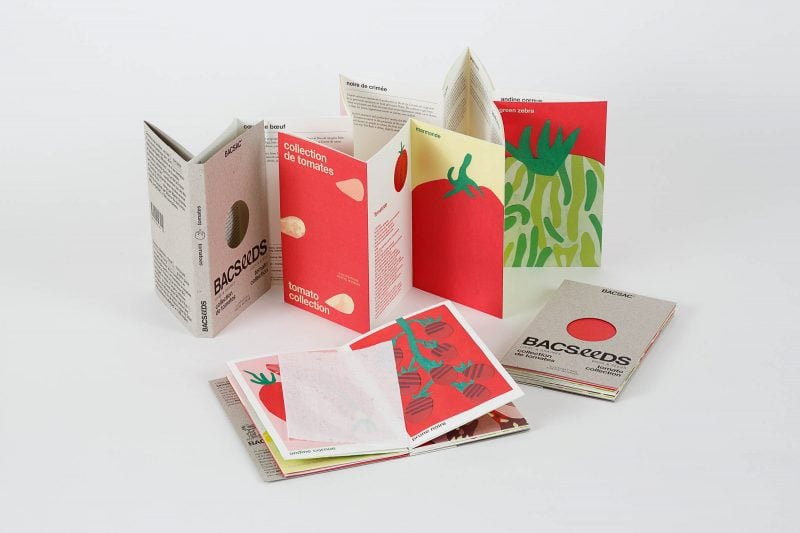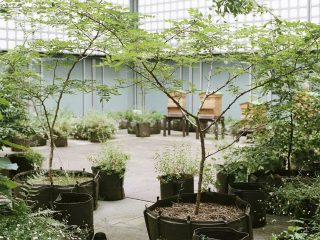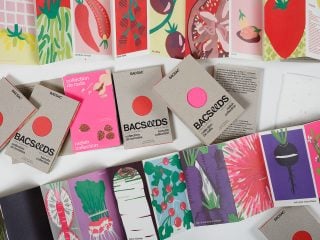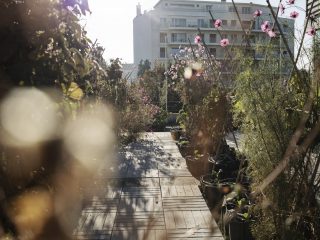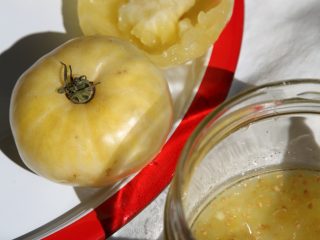Episode #1: How to sow tomatoes with Valéry Tsimba
To accompany us on our BACSEEDS #1 journey dedicated to tomatoes, we invited Valéry Tsimba. A self-taught gardener who is passionate about seeds – and a huge 'tomatophile' – Valéry cultivates an impressive vegetable garden on her 4m2 balcony near Paris. Author of Mon balcon nourricier en permaculture [My permaculture balcony] published by Ulmer, she will guide us on how to grow different varieties of tomatoes on our roof garden, step by step – from sowing to harvesting !
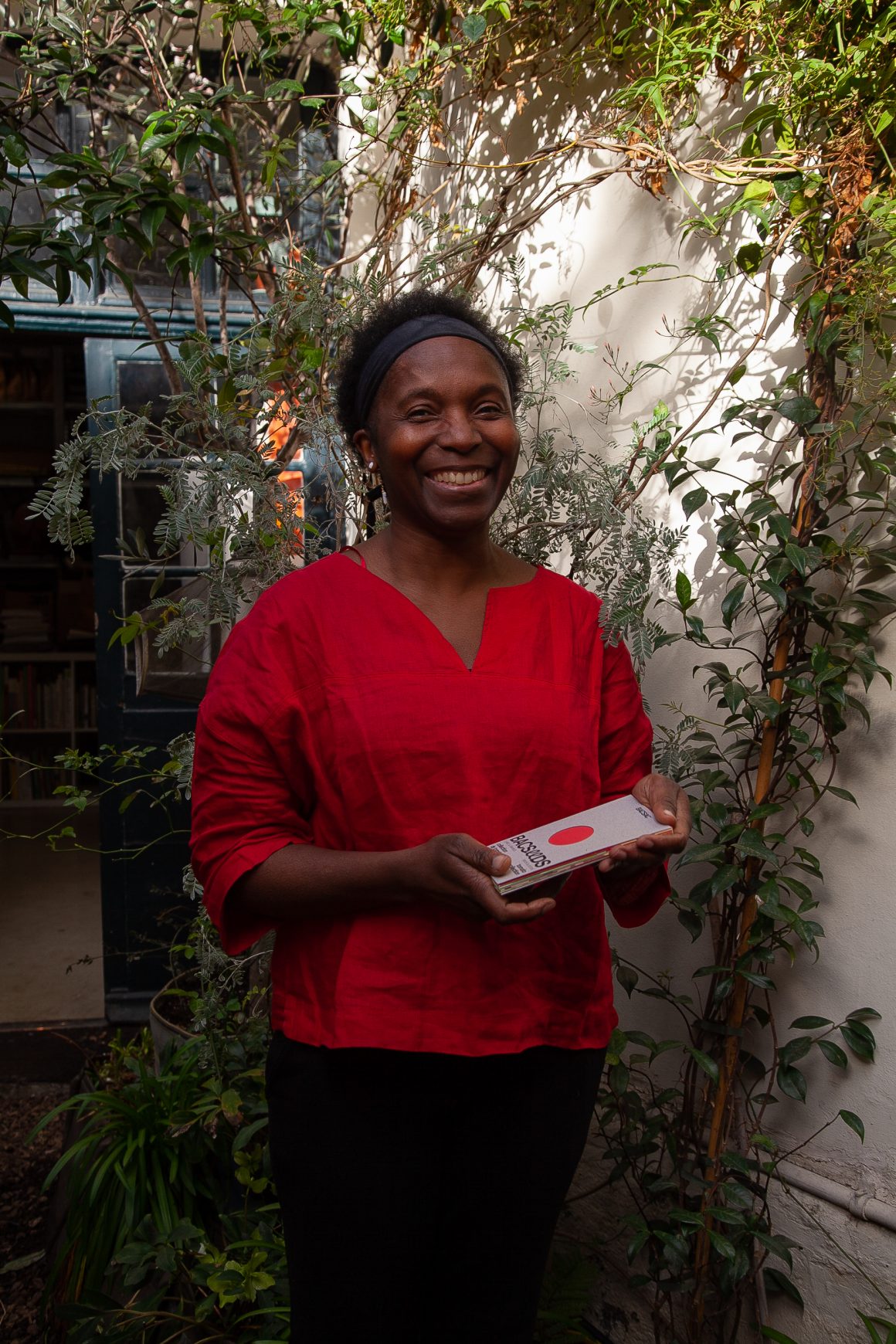
Germination length and seed storage
Produced by La Semence Bio, the tomato seeds in BACSEEDS have an average germination length of four to six years as of 2022, and their germination rate – which varies slightly from one variety to another – is around 95%. This rate will decrease more or less rapidly depending on how the seeds are stored. Keep them at room temperature (or even lower), in a dry place, away from the light; and make sure you write the harvest dates on your seed packets!
Tomato sowing calendar
Tomatoes are a slow-growing plant. It is recommended to start sowing at the end of February – and no later than the first week of April. Tomato plants should be kept warm at the beginning of their vegetative cycle and planted in the garden once the soil has warmed up and the risk of frost has passed.
- Sowing in a warm environment : from the end of February until the end of March/early April
- Transplanting in a warm environment: about 1.5 months after sowing, after the plant has formed two true serrated leaves in addition to the two cotyledons
- Setting up outdoors: mid-May, after the Ice Saints (11, 12, 13 May)
- Harvest: between June and September, depending on the variety and the weather at the end of the season
Variety selection
BACSEEDS contains the seeds of 9 tomato varieties: ancient varieties, others from more recent ones, large sizes or cherry tomatoes, round or oblong shapes, firm or juicy flesh, red, blue, striped...Therefore, unless you have a large growing space, you will certainly have to choose among these varieties and vary the pleasures with each new season!
My favourites – in terms of taste - are the Andine Cornue, the Green Zebra, the Marmande and the Cuor di bue. In terms of originality, I'm eager to grow the White Beauty and to rediscover the Osu Blue with its indigo blue skin! For small spaces,go for the more productive cherry tomatoes, such as the Black Plum or Blush.
Finally, take into account two characteristics: the growth of the variety as well as the timing of its fruiting.
GOOD TO KNOW
* Determinate and indeterminate varieties
- Determinate variety (micro-dwarf, semi-determinate, determinate): usually compact, bushy and about 30 cm to one meter tall. It often requires less maintenance (no stakes, pruning of leaves or suckers). Its fruits ripen at the same time over a short period.
- Indeterminate variety : grows continuously and can reach up to 2 or 3 meters...if its growth is not stopped by topping. It therefore needs strong support and possible pruning. Its harvests can be spread out over a long period depending on the varieties and how early they grow.
In this #1, except for the semi-determinate Marmande, all other varieties are indeterminate.
* Early, mid-season or late variety
This characteristic corresponds to the time period, from the date of planting, before the first ripe fruit is produced.
- Early variety: harvested 40 to 65 days after planting (from the end of June)
- Mid-season variety: harvested 65 to 80 days after planting (from mid-July)
- Late season variety: harvested 80 to 100 days after planting (from mid-August)
In this #1, Marmande, White Beauty and Black Plum are early varieties; all other varieties are mid-season.
Sowing materials
- Containers: if you don't have honeycombed seedling trays, recycle plastic trays with holes in them, egg cartons or make small newspaper pots (printed with vegetable inks) using a wooden pounder
- Coloured plastic labels or wooden sticks
- Pencil or permanent marker
- A hand-held spade
- Organic AB-certified seedling soil or sieved universal soil
- A pair of scissors to cut the seeded paper around the seed
- A tray for watering by capillary action or to hold your paper pots
- A sprayer for gentle surface watering
Containers
For tomatoes, I prefer to plant seedlings together in one container as this saves soil and space. The fact that they are tightly packed is not a problem at this stage, since they will then be transplanted into individual pots to allow them to strengthen and develop. I use plastic trays with holes for drainage; this type of container retains moisture well and allows for capillary watering(see below).
In individual cardboard pots or those made from newspaper, note that watering can only be done by spraying.In addition, you will need to be more careful, as the soil will tend to dry out more quickly due to the absorbent nature of the material. To ensure that they stay in place, place the pots in a tray, closely next to one another.
Soil
For tomato seedlings, you need a relatively fine potting soil because the seeds are small - broad beans, for instance, require a coarser potting soil because the size of the seeds and the pressure they exert during germination are greater. If you can, use a special organic AB-certified potting soil.If you don't have any, sift some horticultural or universal potting soil to remove the coarse elements and just use the finer parts.
How to sow seeds using seeded paper
Fill the tray with soil and then proceed variety by variety:
- Take the sheet of seeded paper,
- Cut the paper around the seed and place the pieces of paper in a line on the surface, spacing them at least 1 cm apart.
- Label the line with the name of the variety and the sowing date.
- Once all varieties have been sown and labelled, cover the seeds with a 0.5 to 1 cm layer of soil.
- Place your seedling trays in a container with a bottom of water. Let them 'drink' by capillary action for several hours until the entire surface is moist; then remove any excess water from the container. This gentle watering allows for the seeds not to be dislodged and for water to be distributed evenly.
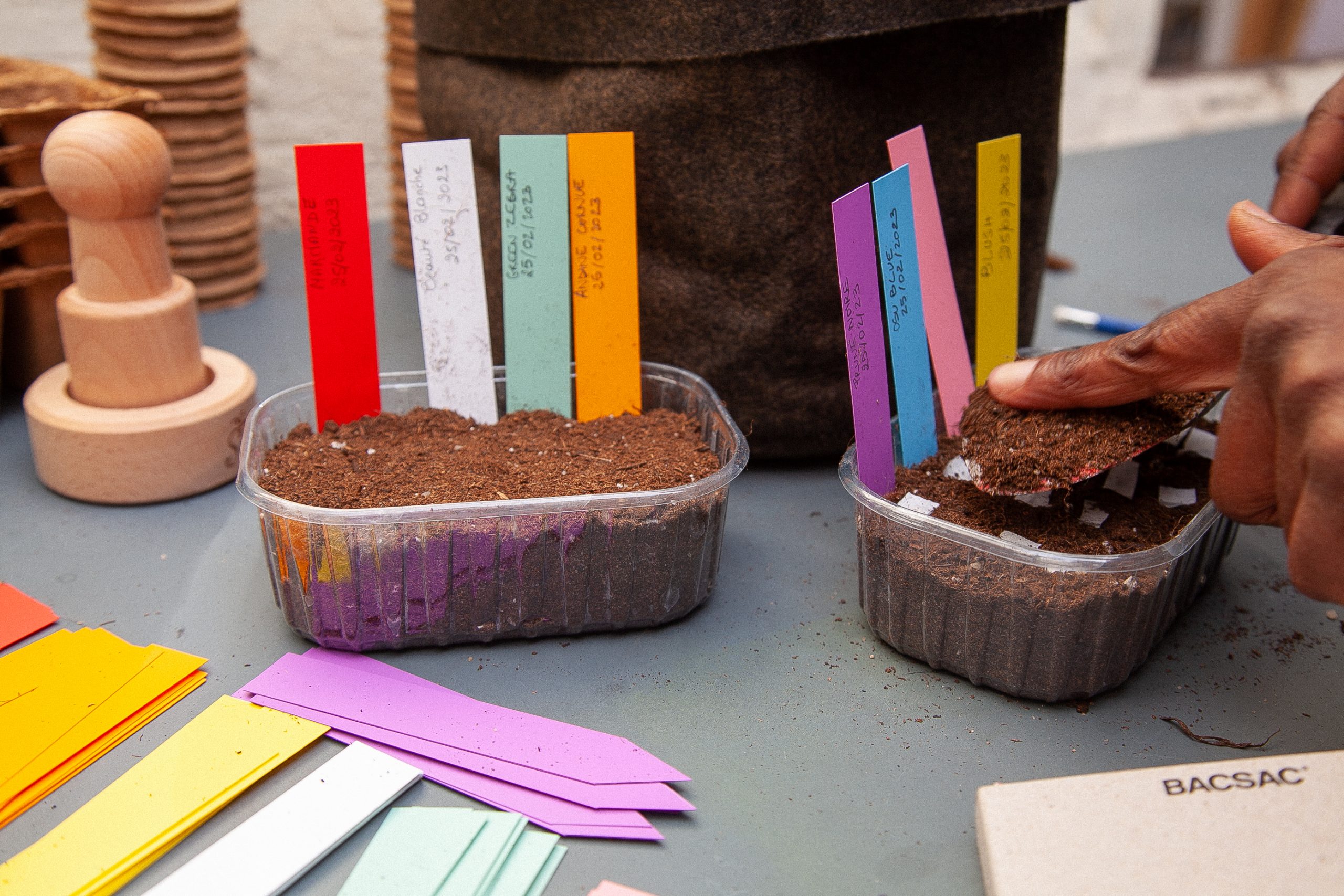
Germination and growth of seedlings indoors
To germinate, tomato seeds needhumidity, oxygen and heat (around 18°C-22°C), but not necessarily light at this stage. To offer optimal conditions for germination: position the seedling tray – ideally fitted with a mini-greenhouse – near a heat source and make sure that the potting soil is always damp, but not soggy. When additional watering is needed, add a little water in the container or gently spray the surface of the soil with water. Germination usually takes place within 7 to 11 daysWhen the first leaves called cotyledons appear, place the seedlings near a light source – preferably indirect– to promote photosynthesis. Make sure that the temperature to light ratio is balanced to avoid seedling damping off and to keep the soil moist, but not soggy to prevent seedling damping off.
GOOD TO KNOW
* Spinning seedlings
When there is a difference between the heat in the room and the light outside, seedlings stretch out their stems in search of light and become fragile. If this happens, try to place them in a brighter place and/or use horticultural lamps or, alternatively, put them in a cold greenhouse outside on sunny days. Make sure you bring the seedlings in every evening, as the night temperatures are still cold. It is also possible to save the seedlings by carefully transplanting them into individual pots until their first leaves.
* Damping off
This fungal disease, caused by fungi found in the seed coat or potting soil, often develops as a result of excess moisture in the potting soil. When it attacks seeds, they do not germinate or seedlings turn brown. As a preventive measure, be sure to sow in new, good quality potting soil and in fresh containers that have been cleaned with white vinegar.
When the seedlings have the first two true tomato leaves, recognisable by their serrated shape, it is time for deep transplanting - up to the cotyledons - into small individual pots. Only at this stage of the vegetative cycle can the tomato plants be placed outdoors on sunny days around 10°C-12°C, and ideally in a mini greenhouse.
Next episode: transplanting seedlings and preparing the soil
Get your seed pots ready, set, sow!
BACSEEDS n°1, TOMATO COLLECTION
Find them on our e-shop BACSAC.com and at our parisian showroom.

